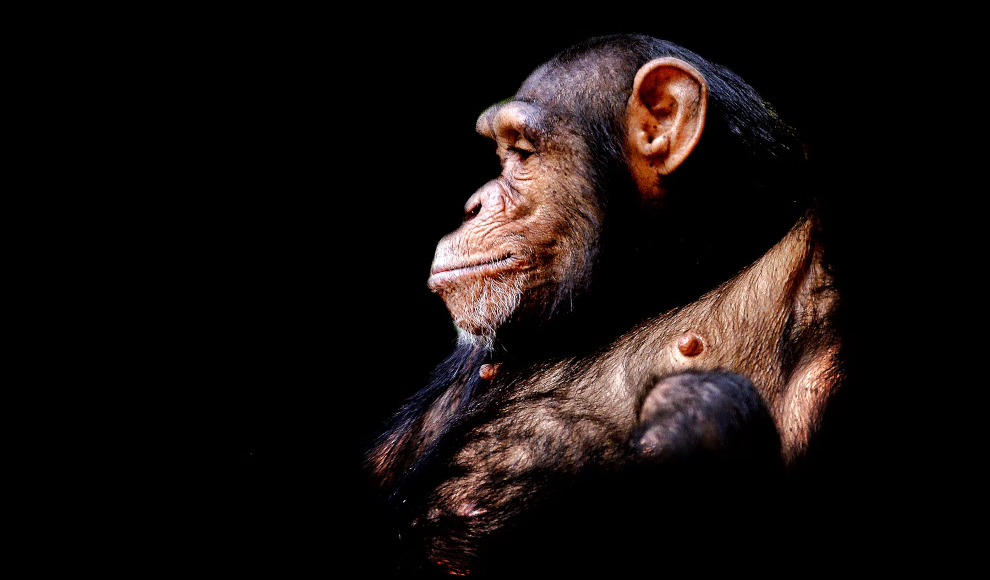The vocal communication system of chimpanzees is much more complex than previously thought, potentially indicating that the intelligent primates possess a simple language. Researchers from the Max Planck Institutes for Evolutionary Anthropology and for Cognitive and Brain Sciences, as well as the CNRS Institute for Cognitive Sciences in Lyon, recorded vocalizations of wild chimpanzees in Ivory Coast. They found that the primates combine twelve different calls into various sequences, following specific rules similar to human language. While most human languages consist of less than 50 sounds, some chimpanzees use up to 38 calls. The researchers identified 390 different sound sequences from the recordings, with most consisting of only two to three calls, but some being as complex as ten calls.
The researchers noted that the primates combine their calls flexibly, but some combinations are frequently present in sequences, suggesting that chimpanzee communication follows certain rules and principles. However, the researchers have not yet collected enough data to decipher the meaning of the sound sequences. The study’s lead author, Tatiana Bortolato, said that the findings show that the vocal communication system of chimpanzees is much more complex and structured than previously thought. While the complexity of human language is likely beyond the reach of chimpanzee vocalizations, studying the complexity of sound sequences in wild chimpanzees could provide insights into the evolution of human language.
The study’s co-author, Catherine Crockford, said that by studying the vocal communication of chimpanzees, a species with a complex social life similar to humans, researchers hope to learn more about where humans come from and how our unique language developed. The research highlights the importance of studying animal communication systems to gain a better understanding of the evolution of language and communication in humans.










